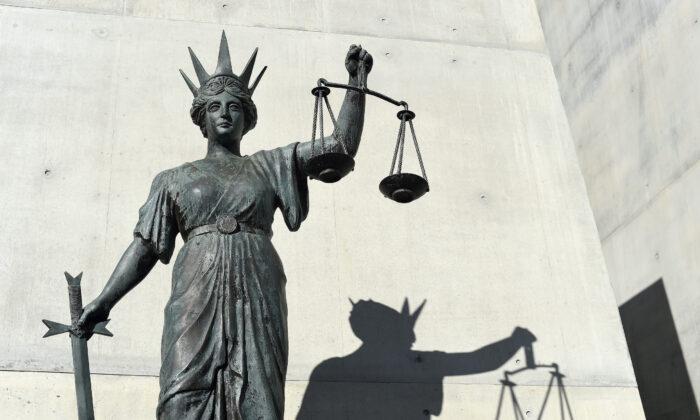Rents are growing at their fastest pace in decades, and the super-competitive market is likely to keep tightening the screws on tenants.
The consumer price index recorded a robust 2.5 percent pick up in rents over the three months to June—the sharpest quarterly jump since 1988.
On an annual basis, rents grew by 6.8 percent, up from 4.9 percent in the March quarter.
The Australian Bureau of Statistics gauge—which measures rents paid across the entire rental stock—has been lifting steadily.
But the more comprehensive measure has been growing more slowly than advertised rents, which signal price changes when properties are put up for lease.
Advertised rents have surged by more than 10 percent annually, with CoreLogic data revealing a double-digit increase across two-thirds of suburbs for apartments.
For houses, the increase has been more moderate, with one-third of suburbs recording a lift of 10 percent or above.
Analysis from the property data firm showed rent values increased across more than 90 percent of Australian markets over the past 12 months.
CoreLogic economist Kaytlin Ezzy said a shortage of listings was putting pressure on rents, with higher interest rates keeping a lid on supply.
“Investors tend to shy away from the housing market during negative economic shocks,” she said.
A record level of overseas migration since the borders reopened has also ramped up demand for rentals, especially in inner city areas.
But she said the pace of rental growth would likely moderate over the coming months as tenants reach a limit of what they could afford to pay.
Treasurer Jim Chalmers said a shortage of affordable rental properties was pushing up costs for tenants.
He said the government lifted rent assistance payments in the budget and was also trying to boost supply through its signature housing future fund and other policies.
Shadow Treasurer Angus Taylor said the government should be focusing on supply and demand issues that were fuelling inflation.
“We’ve learned through history if you leave the entire job to the Reserve Bank, it’s painful,” he said.
Master Builders Australia chief executive officer Denita Wawn said the supply of higher-density homes needed to be “resuscitated” rapidly.
“We simply aren’t building enough new higher-density homes to meet rental demand,” Ms. Wawn said.
“The annual volume of new apartment and unit starts dropped below 100,000 back in 2019 and has come nowhere near this threshold ever since.”
The head of the construction industry body urged the government to “step up” and encourage more investment in the industry and cuts to red tape holding up supply.





